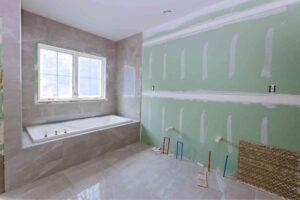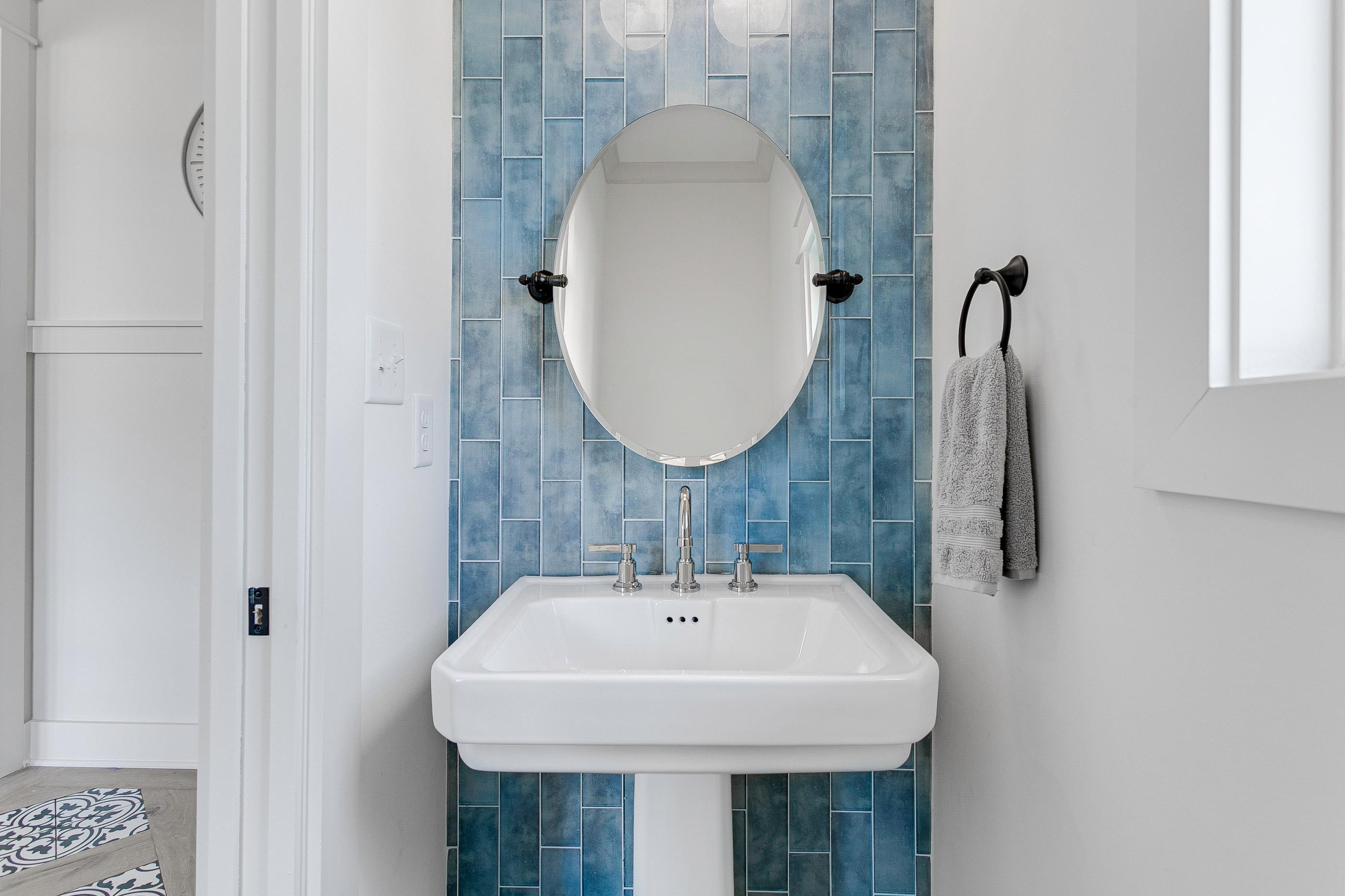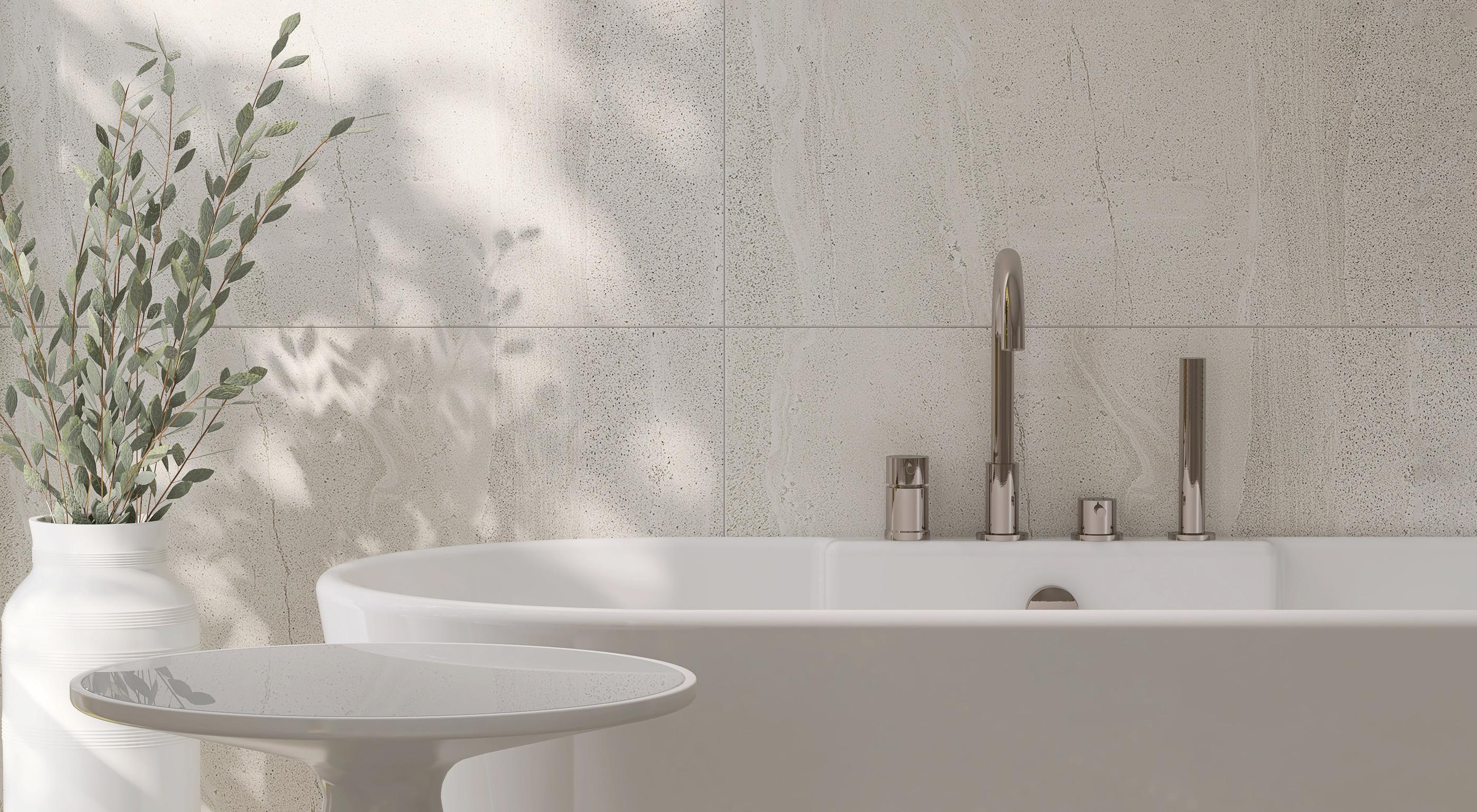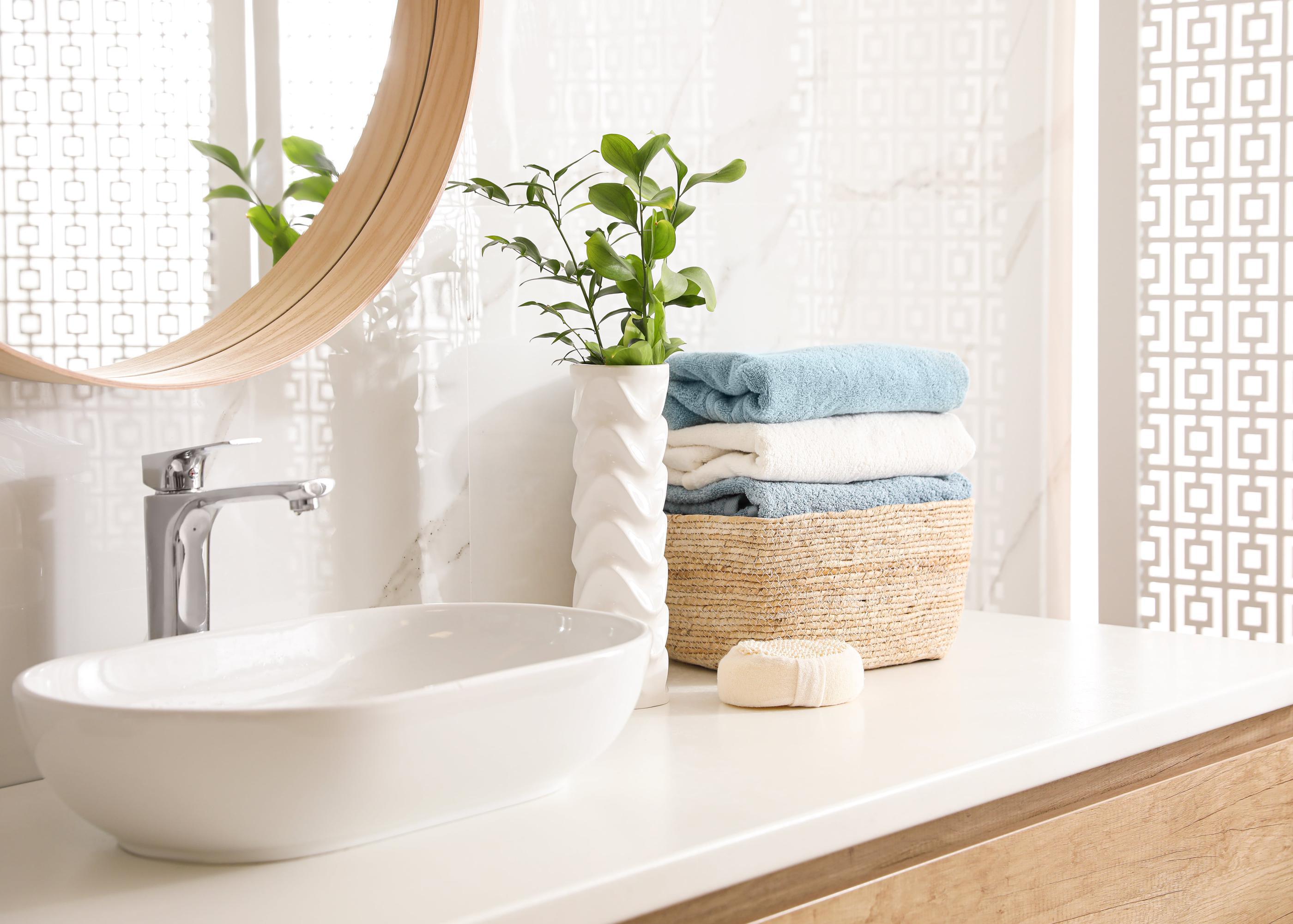Embarking on a bathroom remodel involves various considerations, and one of the most relevant is understanding the permissions you might need. It’s not just paperwork – it’s about ensuring your project aligns with regulations for a smooth and safe transformation.
In this blog post, we’ll delve into the details of bathroom remodel permits. Join us as we explain why these permits matter and explore the specifics of when you need them. Is there a difference between a bathroom renovation and a bathroom remodel? Do you need a permit for a bathroom remodel? Plus, we’ll guide you through the process of obtaining the permit to make the entire process easy.
Do I Need a Building Permit for a Bathroom Remodel?
If you are going through a bathroom remodel you may need a building permit, especially if it involves larger upgrades or significant structural changes. Usually, alterations affecting the fundamental layout of the bathroom, such as those listed below, require a permit.
| Topic | Project description |
| Plumbing | New plumbing supply and drain lines.
Relocating the sink or bathtub. Removing the shower. |
| Electricity | Adding an electrical outlet. |
| Walls | Moving walls or altering the function of the bathroom space, especially when plumbing lines are affected. |
| Roof | Changing the roofline for example, by adding a skylight. |
Be aware that permitting requirements aren’t universal. They vary from city to city since there are no federal or state standards governing bathroom remodel permits. It’s always advisable to check with your city authorities to determine the specific permits required for your project.
If you are hiring a licensed contractor, they can guide you throughout the process. These professionals possess the knowledge and expertise to identify exactly what permits your job demands.
Do I need a Permit to Renovate the Bathroom?
Unlike remodeling, renovation involves refreshing your space without making dramatic changes. In terms of permits, local building codes may have more specific requirements, but generally, you can often proceed with without the need for extensive paperwork, especially if they don’t involve changing the existing layout. If you’re looking for ideas on how to upgrade your bathroom by enhancing the design or decoration, we recommend reading our blog post “Elevate Your Bathroom with Stunning Accent Wall Ideas.”
Many renovations can be undertaken without permits. This includes simple changes such as:
- Replacing cabinet hardware.
- Minor plumbing adjustments.
- A fresh coat of paint.
- Swapping out a light fixture.
Do I Need a Permit to Add a New Bathroom?
If you plan to make significant or structural changes to your home, including the addition of a new bathroom, you’ll likely need a permit. This ensures that your project aligns with local standards and regulations, contributing to the safety and compliance of your property.
Adding a bathroom typically entails significant alterations, such as structural changes to accommodate new plumbing lines and electrical systems, and potentially modifying the overall layout of your home. These transformative adjustments trigger the need for a permit to ensure compliance with local building codes and safety regulations.
Why Do I Need a Permit for a Bathroom Remodel?
—it’s about safeguarding your health, safety, and investment. Permits play a pivotal role in ensuring that construction or remodeling projects adhere to established codes and regulations. They are important in many aspects:
- Legal Requirement: Acquiring a permit for your bathroom remodel is a legal requirement imposed by the local county or municipality. This ensures compliance with regulations and underscores the significance of obtaining official approval for the renovation project.
- Health and safety protection: Permits ensure that the changes made to your home meet certain standards, creating a secure living environment. This protection extends to future homeowners, assuring that the property has undergone proper scrutiny.
- Trust that the job is done right: As a homeowner, obtaining a permit offers peace of mind, knowing that the job was done correctly. During the permit process, inspectors scrutinize the work to ensure it aligns with the established codes.
- Guidance for contractors: For contractors, permits serve as a valuable tool to stay on track and double-check their work. The oversight provided by inspectors ensures that the project progresses smoothly and helps identify and rectify any potential mistakes before they become costly issues.
- Safeguarding your investment: Permits act as a form of insurance for your investment. They reduce the likelihood of costly mistakes, unnecessary fines, and potential stoppages in the construction process.
- Avoiding sale complications: Failing to obtain the proper permits during construction can lead to complications when selling your home. It may result in stoppages, extra fees, or even the need to replace work already installed. By securing the necessary permits, you’re ensuring a smoother transaction and protecting your home’s value.
How Do I Get a Permit?
When it comes to obtaining a permit, as a homeowner, you hold the legal responsibility to initiate the process. However, seeking the expertise of a professional contractor can simplify the journey. Remodeling experts are well-versed in the intricacies of permit management, ensuring a smoother experience for you.
Before starting the process, it’s a good idea to confirm the specific permit requirements in your local city or district. Costs and regulations can vary, so contact your local authorities for accurate information. Once you have this information, you can follow this step-by-step guide on how to apply for your building permit:
- Download application forms: Most cities provide downloadable forms and printed packets that include all necessary application forms. Each form typically comes with instructions—be sure to follow them meticulously.
- Check HOA approval: If you reside in a planned community, condo, or townhome, your homeowner’s association (HOA) may require approval for your project. Verify this requirement before submitting your application.
- Prepare project plan and fees: Before applying, ensure you have a clear and detailed plan for your renovations. Attach this plan along with the necessary permit fees to your application for a comprehensive submission.
- Submit your application: Once you’ve gathered all the required documents, submit your application packet to the appropriate building department.
- Review process: The building department will meticulously review your project plan and application. Depending on the complexity of your project and the department’s workload, the review process may take several weeks.
- Possible revisions: Be prepared for the possibility of requested revisions to your plans. The building department may provide feedback or require adjustments before final approval.
Final Thoughts
From adding a bathroom to making structural changes, understanding when permits are crucial is key. It goes beyond bureaucratic checkboxes; it’s a commitment to health, safety, and the long-term value of your property.
It’s always a good idea to enlist a professional contractor, adhere to local regulations, and submit a comprehensive application. This diligence ensures a safe, compliant, and beautiful bathroom.




